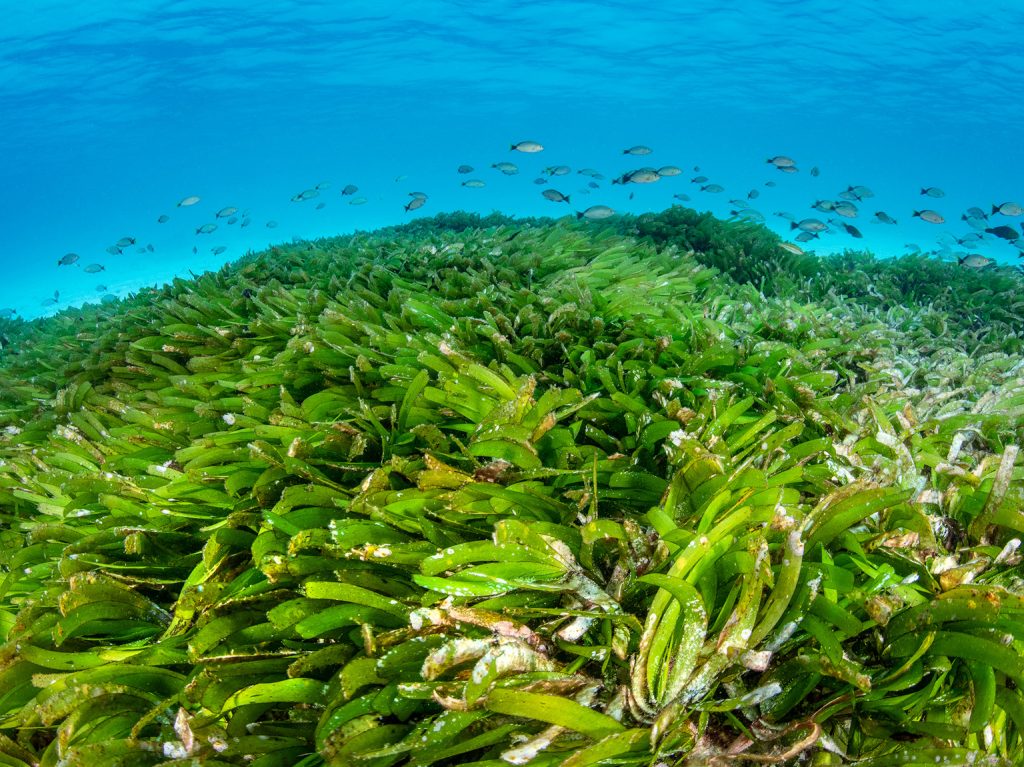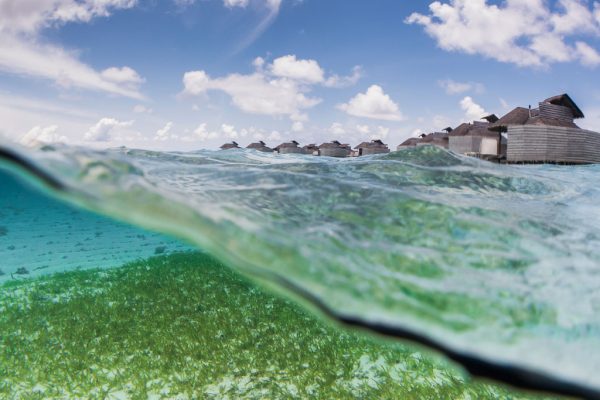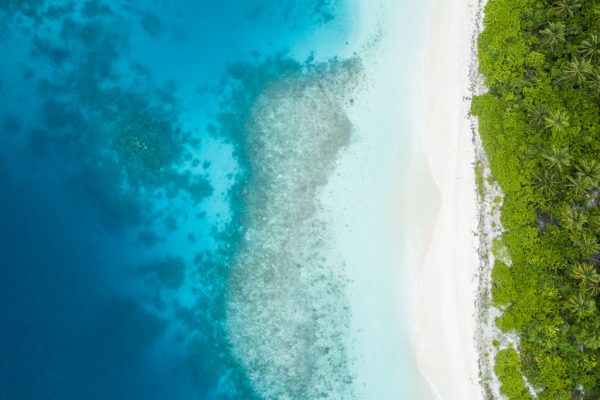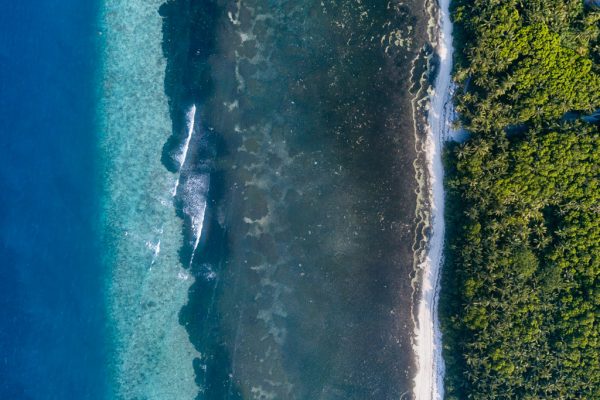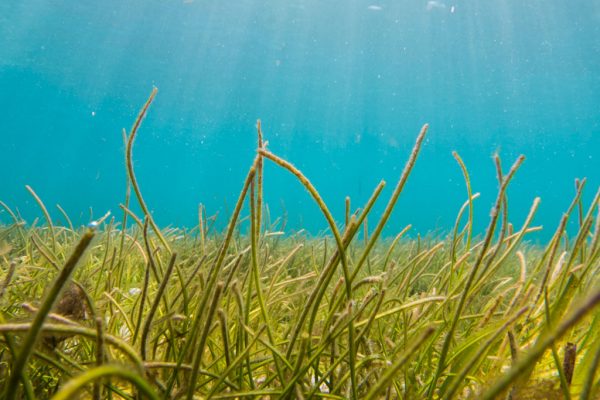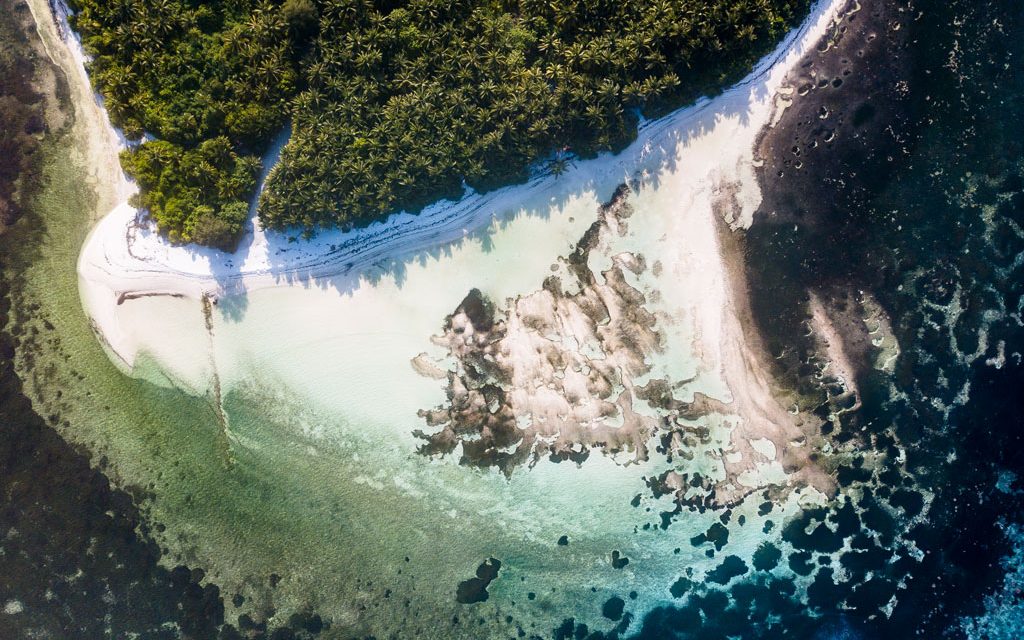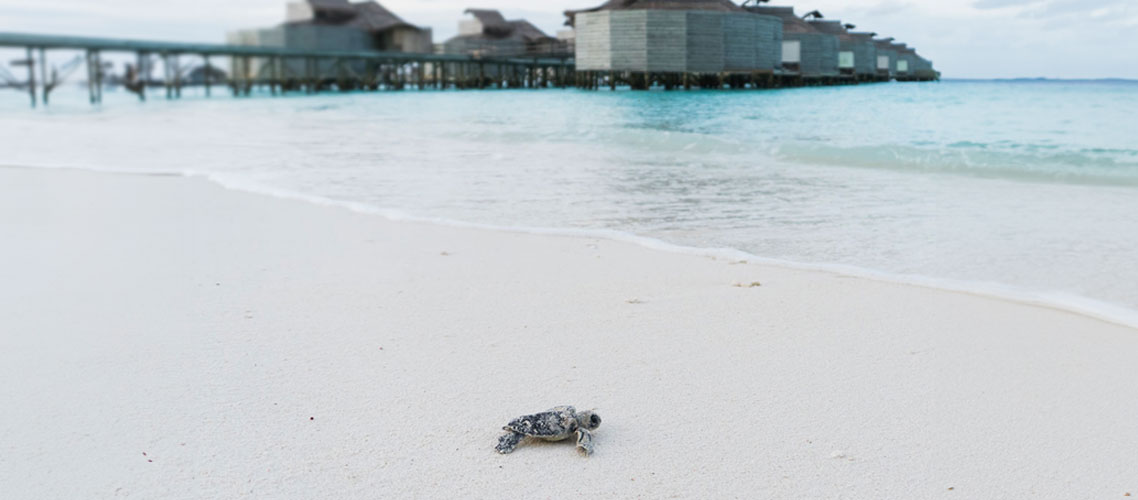Seagrass is vital to the low-lying island nation of the Maldives; it prevents beach erosion, fights climate change by absorbing carbon dioxide, provides food for sea turtles, supports fisheries and houses juvenile coral reef fish. Despite this, seagrass in the Maldives remains an undervalued habitat and it is considered a nuisance to the tourism industry, rather than an asset. Because of this, many resorts across the country still actively remove the seagrass around their islands.
On 1st March 2019, Blue Marine Foundation and the Maldives Underwater Initiative launched a social media campaign #ProtectMaldivesSeagrass to raise awareness about the importance and value of seagrass in the Maldives. The campaign used scenic photography of seagrass habitats and facts about the importance of seagrass to various megafauna to create an alternative image of these underappreciated habitats.
The campaign asked resorts across the country to pledge to protect a minimum of 80% of the seagrass around their island for the benefit of the environment, tourism, fisheries and the people who depend on them for jobs and income. The cause was championed by Six Senses Laamu who demonstrated how seagrass can be an asset to improve guest experiences rather than a liability.
The website www.protectmaldivesseagrass.com had more than 22,000 visits in a 4-month period, with the #ProtectMaldivesSeagrass hashtag mentioned over 300 times a day at the height of the campaign. Over 1,600 people from both the local and international community have registered their support to protect seagrass in the Maldives. The Maldives’ Ministry of Tourism supported the campaign to stop the removal of seagrass beds.
Partner resorts
Below is a list of the resorts who pledged to protect at least 80% of the seagrass around their resort island. Please note that some resorts support the campaign but do not have seagrass around their island and some wish to remain anonymous.
Supporting Organisatons
